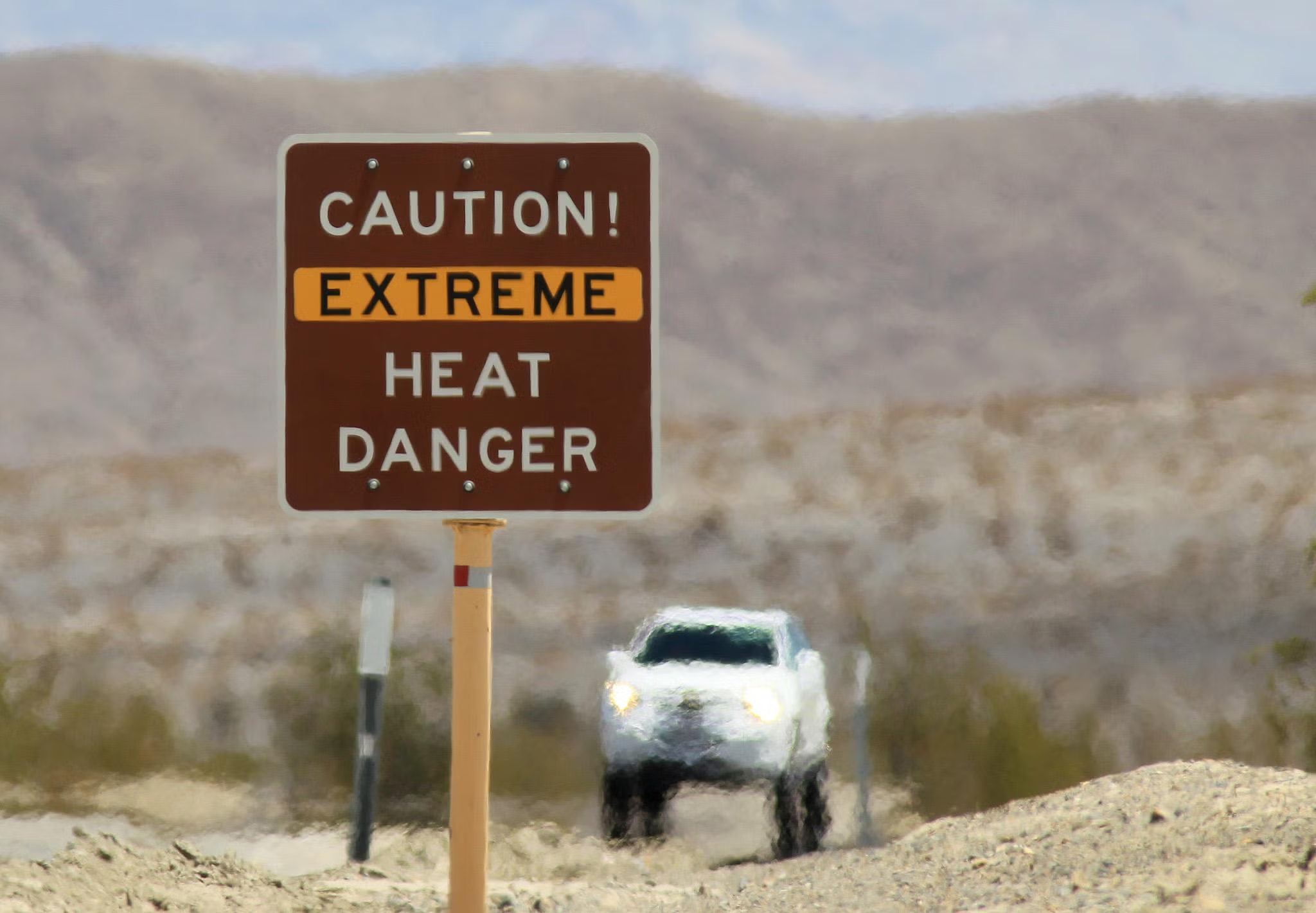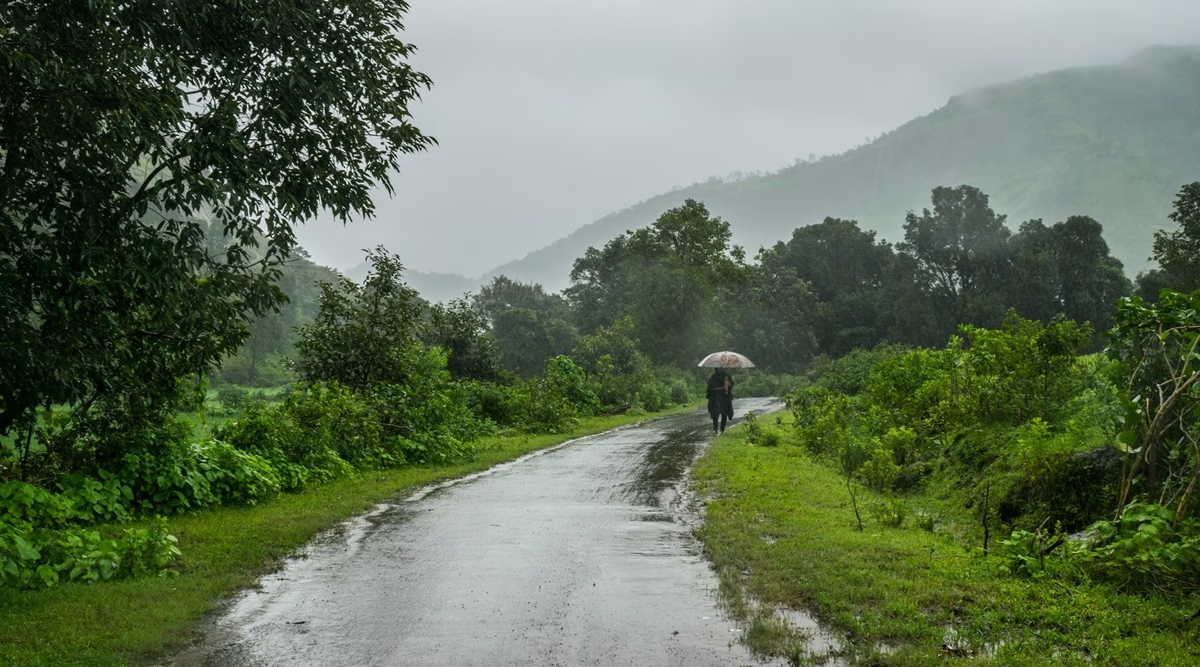Extreme heat deaths UK future
Heatwave Deaths in the UK Could Skyrocket by 2070s Without Urgent Climate Action
1. The UK’s Emerging Climate Threat
The United Kingdom, once considered a temperate refuge in an increasingly warming world, is now facing the undeniable threat of rising heat related deaths in the decades to come. As global temperatures continue to rise, experts project a significant surge in fatalities from extreme heat across the UK, particularly during summer months. Once rare, deadly heatwaves are now becoming more frequent and intense, pushing public health systems to their limits. Climate researchers are warning that, without decisive action, thousands of lives could be lost annually due to extreme temperatures by the 2070s.
2. Heatwaves A Growing Killer
Over the past two decades, the UK has experienced a steady increase in unusually hot summers. Events such as the 2022 and 2023 heatwaves where temperatures soared above 40°C in parts of England served as wake up calls. Those summers saw thousands of excess deaths, many among the elderly and people with pre existing conditions. According to recent studies, what was once considered extreme may become the new normal. If greenhouse gas emissions continue at current rates, by the 2070s, the UK could face between 20,000 to 35,000 heat related deaths annually, up from a few hundred today.
3. Vulnerable Populations at Highest Risk
The most at risk groups during extreme heat events are older adults, people with cardiovascular or respiratory illnesses, and those living in urban areas with poor ventilation or access to cooling. As the UK’s population ages particularly with a projected rise in those over 75 the risk of mortality from heat exposure rises significantly. Urban environments such as London, Manchester, and Birmingham are particularly susceptible due to the urban heat island effect, where built up areas trap and retain heat, making nights especially dangerous.
4. Infrastructure Not Built for Heat
One of the UK’s biggest challenges in adapting to rising temperatures is its infrastructure. Most residential buildings are designed to retain warmth rather than to release heat, a legacy of the country’s cooler climate history. These homes become heat traps during prolonged warm spells. Additionally, air conditioning is not commonly installed in private homes or public buildings. Hospitals, schools, and care homes are also underprepared for extreme heat events, which could turn everyday spaces into hazardous zones for vulnerable populations.
5. Public Health Systems Under Pressure
The National Health Service (NHS) is already feeling the strain during peak summer months. In years with even modest heatwaves, emergency departments report spikes in hospital admissions due to heatstroke, dehydration, and complications from chronic illnesses. A future with more frequent and prolonged heatwaves will place enormous pressure on the NHS, requiring new strategies in staffing, cooling, patient care, and heat specific response protocols. The rising health burden is not just a medical concern but also an economic one, potentially costing billions in care and productivity loss.
6. Climate Models Paint a Grim Picture
Several climate projection models indicate that, under high emissions scenarios, UK average summer temperatures could increase by 3 5°C by the end of the century. Such changes would make 40°C summers commonplace rather than exceptional. In a worst case scenario, without adaptation or emissions control, the UK could see a 50 fold increase in annual heat related deaths by 2070. Even in more moderate projections, where emissions are curbed, deaths could rise sixfold, underscoring the importance of mitigation paired with adaptation.
7. Adaptation and Prevention Are Key
Despite the dire projections, many deaths can be prevented through smart adaptation strategies. These include retrofitting homes with better insulation and ventilation, introducing green roofs and urban tree cover to reduce urban heat, developing city wide heat response plans, and expanding public awareness campaigns. Hospitals and care facilities can be equipped with backup cooling systems, and building codes can be updated to require passive cooling designs. Even simple actions such as establishing “cooling centers” during heatwaves can save lives.
8. The Role of Government and Policy
Local and national governments must treat heat related risk with the same urgency as other natural disasters. While the UK’s Environment Agency and Met Office have taken steps to improve early warnings and forecasting, more robust long term planning is needed. This includes integrating climate risk into urban planning, housing policy, and emergency services. A national heat adaptation strategy similar in scale to flood response systems could reduce mortality and build public resilience. Additionally, the government must work internationally to support climate mitigation, ensuring that global temperature rise is kept below critical thresholds.
9. A Wake Up Call for the Future
Heatwaves have often been underestimated in the UK due to their invisibility and delayed impact. Unlike floods or storms, extreme heat does not cause immediate destruction, yet it kills silently, especially among those living alone or in poverty. As climate change accelerates, the silent killer may become one of the leading causes of climate related mortality in the UK. The projections serve as a warning, but also a call to action with the right investments, education, and policy reforms, many of these deaths are avoidable.
Final Thoughts
The looming surge in heat related deaths in the UK is not inevitable. It is the result of choices of if we prepare our homes, cities, and institutions for a warmer world, and if we reduce the emissions driving this crisis. The future could see the UK’s climate resembling southern Europe’s, with long, hot summers as the new normal. The time to act is now before today’s rare events become tomorrow’s routine tragedies. If ignored, the human toll could be immense; but with foresight, coordination, and care, a safer and more resilient Britain is possible.






 MetService warns NZ of 120 km/h gusts, floods and landslides amid cold‑front storm
MetService warns NZ of 120 km/h gusts, floods and landslides amid cold‑front storm  Nationwide Internship Program Launched to Empower High School Students
Nationwide Internship Program Launched to Empower High School Students  Hyderabad Launches Night Buses
Hyderabad Launches Night Buses  Strict Enforcement of Noise Pollution Laws in Response to Rising Complaints
Strict Enforcement of Noise Pollution Laws in Response to Rising Complaints  Australia may slash university funding over rising antisemitism incidents
Australia may slash university funding over rising antisemitism incidents